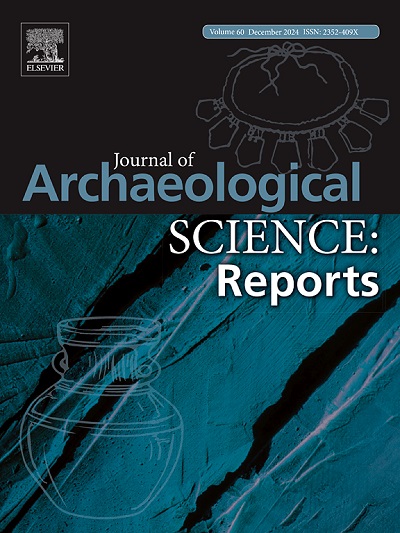Unraveling the origins of the sogdians: Evidence of genetic admixture between ancient central and East Asians
IF 1.5
2区 历史学
0 ARCHAEOLOGY
引用次数: 0
Abstract
The Silk Road, an ancient trade route connecting China with the West, facilitated the exchanges of goods, ideas, and cultural practices among diverse civilizations. The Sogdians were prominent merchants along the Silk Road, renowned for their roles as traders, artisans, and entertainers. They migrated to China, forming enduring communities that produced multiple generations of descendants. Despite their historical importance, primary written records detailing the origins of the Sogdians and their interactions with local populations are limited. In this study, we generated genome-wide data for two ancient individuals from a joint burial (M1401) in the Guyuan cemetery dating to the Tang Dynasty (618–907 CE). To our knowledge, this represents the first ancient genomic data obtained from the Sogdian population. Our results reveal that the female individual exhibits local ancestry, while the male carries both local ancestry and additional genetic components linked to the Bactria-Margiana Archaeological Complex (BMAC) in Central Asia. This was introduced into the local gene pool approximately 18 generations ago. Combining historical, archaeological, and genetic analyses, we conclude that the two individuals were likely husband and wife. Our findings suggest that Sogdians, who initially traveled to China for trade, settled, intermarried with local populations, and played a significant role as intermediaries in Silk Road commerce. This study highlights the importance of Sogdiana at the end of the first millennium BCE in fostering connections between the Hellenistic world and the Qin/Han dynasties, emphasizing early Sogdian identity traits that preceded their later prominence as key merchants of the Silk Road.
求助全文
约1分钟内获得全文
求助全文
来源期刊

Journal of Archaeological Science-Reports
ARCHAEOLOGY-
CiteScore
3.10
自引率
12.50%
发文量
405
期刊介绍:
Journal of Archaeological Science: Reports is aimed at archaeologists and scientists engaged with the application of scientific techniques and methodologies to all areas of archaeology. The journal focuses on the results of the application of scientific methods to archaeological problems and debates. It will provide a forum for reviews and scientific debate of issues in scientific archaeology and their impact in the wider subject. Journal of Archaeological Science: Reports will publish papers of excellent archaeological science, with regional or wider interest. This will include case studies, reviews and short papers where an established scientific technique sheds light on archaeological questions and debates.
 求助内容:
求助内容: 应助结果提醒方式:
应助结果提醒方式:


